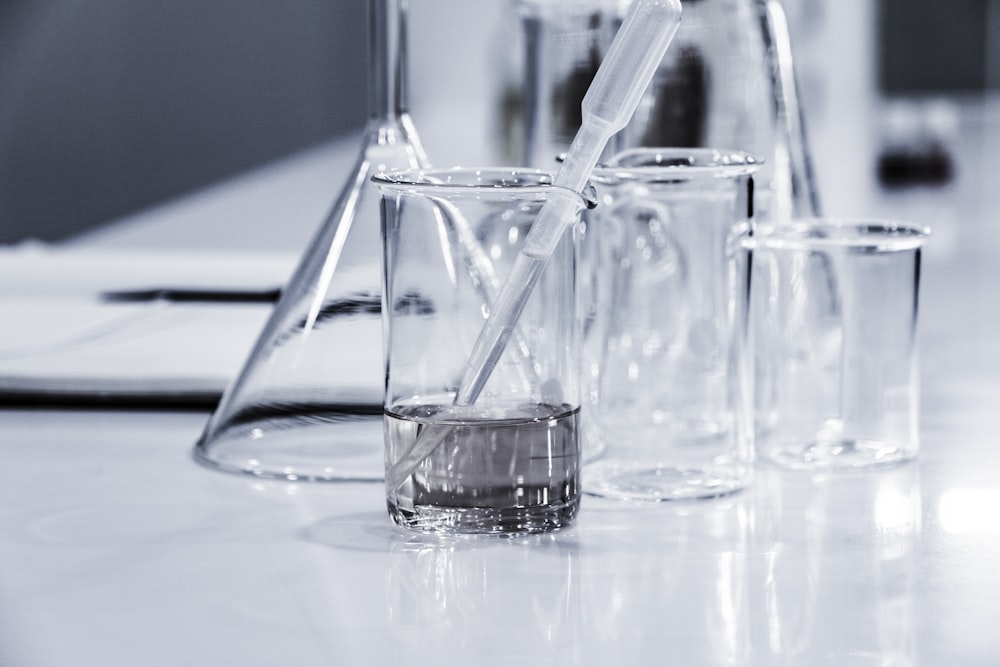The Neutron's Mirror: Revealing Secrets at the Thinnest Scales
Exploring the hidden world of interfaces through neutron reflectometry
The Hidden World of Interfaces
At the heart of your smartphone's memory, within the anti-glare coating on your glasses, and even inside cutting-edge cancer therapies, lies a hidden landscape: the world of thin films and multilayered materials. These engineered structures—often just atoms thick—defy conventional analysis.
Neutron Reflectometry
A powerful technique that acts like a superpowered microscope for interfaces. By bouncing neutrons off surfaces at grazing angles, scientists decode the density, composition, and magnetism of layers invisible to light or even X-rays.
Recent Advances
Developments in detectors, AI, and in-situ methods are revolutionizing this field, enabling breakthroughs from spintronics to renewable energy.
Key Concepts: Probing the Invisible
The Reflection Principle
When neutrons strike a surface at shallow angles (<5°), they reflect like light on water. The reflectivity pattern encodes the structure of underlying layers. Unlike X-rays, neutrons "see" light elements like hydrogen and distinguish isotopes (e.g., H vs. D), making them ideal for biological membranes or polymers 9 .
Scattering Length Density (SLD)
Each material has a unique SLD signature (scattering length per unit volume). By fitting NR curves to SLD profiles, scientists reconstruct depth-resolved maps of composition and magnetism. For magnetic films, polarized neutrons (↑ or ↓ spin states) reveal layer-by-layer magnetization 6 9 .
The Phase Problem
Traditional NR faces ambiguity: multiple SLD profiles can produce identical reflectivity curves. Innovations like magnetic reference layers (MRLs) break this symmetry by adding spin-dependent contrast, lifting the "inversion curse" 6 .
In-Depth Look: A Landmark Experiment
Real-Time Magnetism Birth in a Vacuum Chamber
Objective
Track the emergence of perpendicular magnetic anisotropy (PMA)—a property vital for high-density MRAM—in a [CoFeB/Mo] multilayer during growth.
Methodology
- Integrated Growth & Measurement: A compact pulsed laser deposition (PLD) chamber was installed directly into the SuperADAM neutron reflectometer at the Institut Laue-Langevin, France 3 .
- Layer-by-Layer Assembly: A Mo/[CoFeB/Mo]₁₂ stack was deposited sequentially.
- Probe Conditions: A monochromatic neutron beam (λ = 5.2 Å, polarization >99%) scanned the sample 3 .
- Thermal Trigger: After initial growth, the sample was annealed at 450°C.
| Layer Stage | Spin-Up SLD (×10⁻⁶ Å⁻²) | Spin-Down SLD (×10⁻⁶ Å⁻²) | Magnetization (kA/m) |
|---|---|---|---|
| After 1st CoFeB | 3.21 ± 0.05 | 2.98 ± 0.05 | 850 ± 30 |
| After 5th Mo | 3.45 ± 0.04 | 2.75 ± 0.04 | 1120 ± 25 |
| Post-Annealing | 3.82 ± 0.03 | 2.32 ± 0.03 | 1450 ± 20 |
Results & Analysis
- Real-Time Evolution: PNR data after each layer showed increasing magnetic contrast at the CoFeB/Mo interfaces. The critical Mo thickness for PMA emergence was pinpointed to <1 nm.
- Annealing Effect: Post-annealing, the SLD profile sharpened, and PMA "switched on" abruptly 3 .
- Impact: This experiment revealed how ultrathin heavy metal layers control magnetic orientation—enabling design rules for energy-efficient spintronic devices.
The Scientist's Toolkit
Essential reagents and instruments powering neutron reflectometry:
| Tool | Function | Example/Innovation |
|---|---|---|
| Neutron Source | Generates neutron beams | Spallation Neutron Source (ORNL) 8 |
| Polarizers/Analyzers | Filters neutron spins | Supermirrors (e.g., NG-7 reflectometer) 2 |
| Magnetic Reference Layer (MRL) | Enhances magnetic contrast | CoTi alloy (tunable SLD, superior to Fe/Ni) 6 |
| Time-Resolved Detector | Captures neutron events with spatial/temporal precision | LumaCam (Timepix3 imaging, 300 MHz rate) 1 |
| High-Temperature Stage | Enables in-situ growth/diffusion studies | Vacuum furnace (record: 1100°C, ANSTO) 7 |

Modern Neutron Reflectometer
State-of-the-art instruments enable precise measurements at atomic scales.

Thin Film Deposition
Precision equipment creates multilayered materials atom by atom.
Recent Advances & Future Frontiers
Event-Based Imaging Detectors
The LumaCam detector combines neutron-sensitive scintillators with Timepix3 cameras, achieving 300 MHz count rates—100× faster than conventional ³He tubes 1 .
Machine Learning Revolution
Deep learning models (e.g., denoising CNNs) now reconstruct NR profiles from data with 20× lower signal. This reduces measurement time from hours to minutes 4 .
Extreme Conditions
Record-setting experiments at 1100°C (Spatz reflectometer, Australia) probe thin-film stability in reactors or aerospace materials 7 .
Next-Gen Instruments
The QIKR reflectometer (Oak Ridge's Second Target Station) will leverage high-flux cold neutrons and imaging detectors to resolve sub-millisecond processes 1 .
| MRL Material | Nuclear SLD (×10⁻⁶ Å⁻²) | Magnetic SLD (×10⁻⁶ Å⁻²) | Advantage |
|---|---|---|---|
| Iron (Fe) | 8.0 | 5.0 | High contrast but overshadows soft matter |
| Nickel (Ni) | 9.2 | 4.8 | Moderate contrast, limited sensitivity |
| Cobalt-Titanium (CoTi) | 1.1–2.5 | 0.3–1.2 | Tunable SLD; optimal for organic layers 6 |
Conclusion: The Interface Age
Neutron reflectometry has evolved from a niche tool to a cornerstone of nanotechnology. As detectors become faster, algorithms smarter, and experiments more ambitious, we're poised to engineer materials atom-by-atom—from error-free spintronic chips to bio-integrated sensors. The neutron's mirror, once blurry, now reveals a universe in ultra-high definition.
For further reading, explore the instruments at Oak Ridge 8 , ISIS 9 , or the record-breaking Spatz reflectometer 7 .